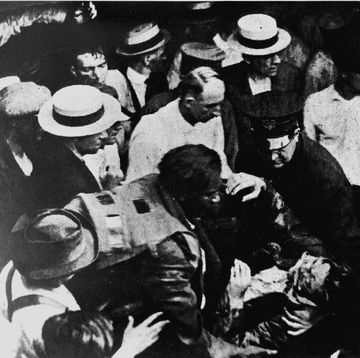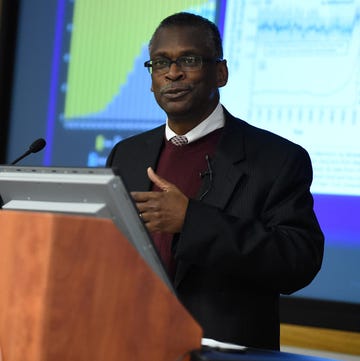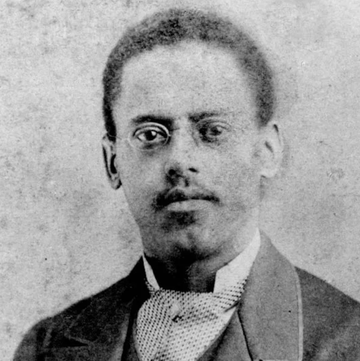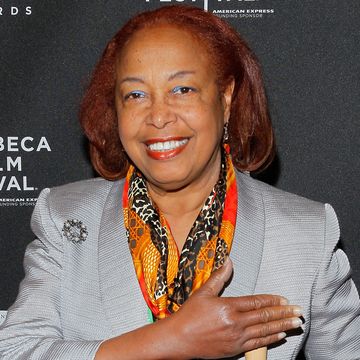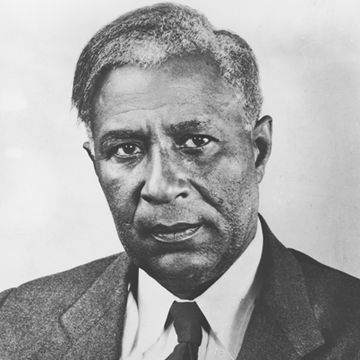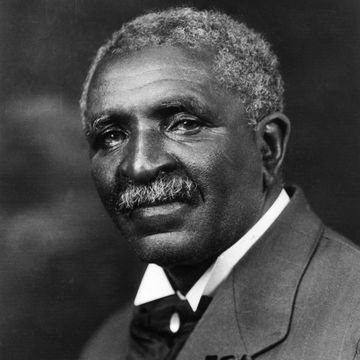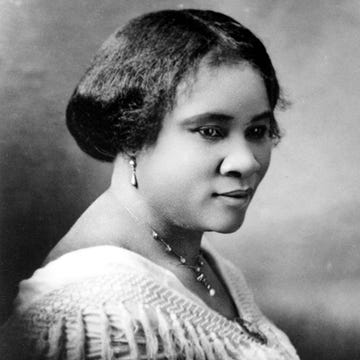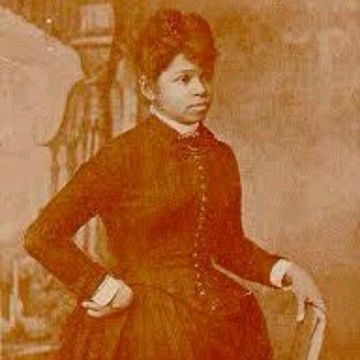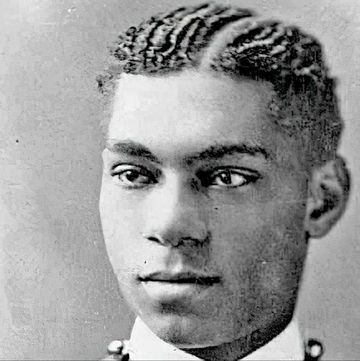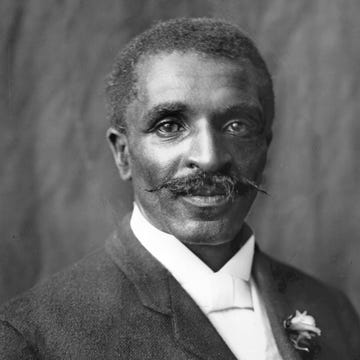1893-1961
Who Was Frederick McKinley Jones?
Inventor Frederick McKinley Jones pioneered portable refrigeration, which earned him the nickname “King of Cool.” After a challenging childhood, Jones taught himself mechanical and electrical engineering and became one of the most notable Black inventors of the 20th century. He received more than 60 patents during his lifetime for inventing various refrigeration, sound, and automobile devices. The portable refrigeration units he developed helped the United States military transport food, medicine, and blood during World War II. With a business partner, Jones founded a company today known as Thermo King. He died in February 1961 at age 67.
Quick Facts
FULL NAME: Frederick McKinley Jones
BORN: May 17, 1893
DIED: February 21, 1961
BIRTHPLACE: Cincinnati, Ohio
SPOUSE: Lucille Jones (unknown-1961)
ASTROLOGICAL SIGN: Taurus
Early Life
Frederick McKinley Jones was born in Cincinnati on May 17, 1893, to a white father and a Black mother. His mother deserted him when he was a young child. His father struggled to raise him independently, so when Frederick was 7, he was sent to live with a priest in Kentucky for two years. Frederick’s father died near the end of this time.
At 11, with minimal education, Jones ran away to fend for himself. He returned to Cincinnati and found work doing odd jobs, including as a janitor in a garage, where he developed a knack for automobile mechanics. He was so good that he became the foreman of the shop. However, he was eventually fired for racing cars on company time.
More odd jobs followed, then in 1912, Jones landed in Hallock, Minnesota, where he obtained a job doing mechanical work on a farm.
World War I Mechanic
Jones had a talent for and an interest in mechanics. He read extensively on the subject in addition to his daily work, educating himself in his spare time. By the time he was 20, Jones was able to secure an engineering license in Minnesota. His expertise made him a valuable asset during his service in the U.S. Army in World War I.
Jones was initially placed with an all-Black unit in France until his superiors began to grasp his mechanical skills. He was soon promoted to sergeant and worked as an electrician, wiring telephones and telegraphs and fixing X-ray machines and other equipment. He also taught electrical circuitry to his fellow soldiers.
After the war, he returned to the Hallock farm and continued to educate himself in electronics.
What Did Frederick McKinley Jones Invent?
When Hallock, Minnesota, decided to fund a new radio station, Jones built the transmitter needed to broadcast its programming. He also developed a device to combine moving pictures with sound. Local businessman Joseph A. Numero subsequently hired Jones to improve the sound equipment he produced for the film industry. Jones also looked to serve filmgoers by developing a machine in 1939 that delivered tickets and offered change to customers at movie box offices—his first patent.
Jones continued to expand his interests. Most significantly, he began designing a portable air-cooling unit for trucks carrying perishable food in 1938. He later adapted the device to fit trains and aquatic vehicles, making him a pioneer in mobile refrigeration. Because of Jones’ advancements, fresh produce could be made available anywhere in the U.S. year-round.
Forming a partnership with Numero, Jones founded the U.S. Thermo Control Company, now known as Thermo King. The company grew exponentially during World War II, and Jones helped save lives as his inventions preserved blood serums for transfusions, medicine, and food.
In 1944, Jones became the first Black American elected to the American Society of Refrigeration Engineers. By 1949, U.S. Thermo Control was worth millions of dollars. Jones remained a leading figure at Thermo King until the mid-1950s, when illness forced him into an unofficial early retirement.
Throughout his career, Jones received more than 60 patents. Most pertained to refrigeration technologies, but others related to X-ray machines, including a portable version, as well as engines and sound equipment. In 1960, he also received a patent for a thermostat and temperature control system.
Wife
Frederick was married to a woman named Lucille Jones. Few details about their relationship, including the date of their wedding, are available. They weren’t known to have any children. Lucille became a widow after Frederick’s death.
Death and Honors
Jones died of lung cancer in Minneapolis on February 21, 1961. He was 67.
Since his death, Jones has been recognized for his achievements in various ways. In 1977, he was inducted into the Minnesota Inventors Hall of Fame. “Jones’ technological breakthrough redefined the global marketplace, with cultural reverberations felt from the world’s largest cities to its most isolated villages,” the hall wrote in his citation.
In 1991, then-President George H.W. Bush awarded the National Medal of Technology posthumously to Jones and his partner Joseph A. Numero. Bush presented the awards to their widows at a White House Rose Garden ceremony. Jones was the first Black American to receive the award.
In 2007, Jones was inducted into the National Inventors Hall of Fame. He joined the likes of Alexander Graham Bell, George Carruthers, Gertrude Elion, Samuel Colt, Granville Woods, and many others.
Fact Check: We strive for accuracy and fairness. If you see something that doesn't look right, contact us!
The Biography.com staff is a team of people-obsessed and news-hungry editors with decades of collective experience. We have worked as daily newspaper reporters, major national magazine editors, and as editors-in-chief of regional media publications. Among our ranks are book authors and award-winning journalists. Our staff also works with freelance writers, researchers, and other contributors to produce the smart, compelling profiles and articles you see on our site. To meet the team, visit our About Us page: https://www.biography.com/about/a43602329/about-us
Tyler Piccotti joined the Biography.com staff as an Associate News Editor and is now the News and Culture Editor. He previously worked as a reporter and copy editor for a daily newspaper recognized by the Associated Press Sports Editors. In his current role, he shares the true stories behind your favorite movies and TV shows and profiles rising musicians, actors, and athletes. When he's not working, you can find him at the nearest amusement park or movie theater and cheering on his favorite teams.




